Related Research Articles
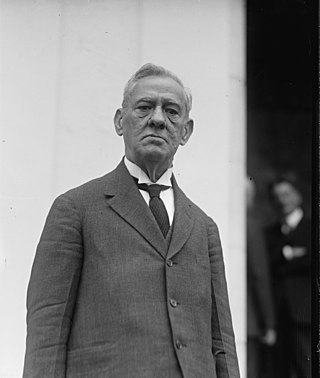
Alfredo de Zayas y Alfonso,usually known as Alfredo de Zayas under Spanish naming customs and also known as Alfredo Zayas,was a Cuban lawyer,poet and political figure. He served as prosecutor,judge,mayor of Havana,secretary of the Constitutional Convention,Senator in 1905,president of the Senate in 1906,Vice President of Cuba from 1909 to 1913 and President of Cuba from May 20,1921,to May 20,1925.
Francisco Díaz-Silveira Tamargo,known as Frank Diaz-Silveira,is a Cuban-American lawyer and politician,known as an anti-Castro Cuban militant. He was also an attorney in Florida and a former candidate for the Florida Senate,Mayor of Miami,Florida House of Representatives and Miami City Commission.
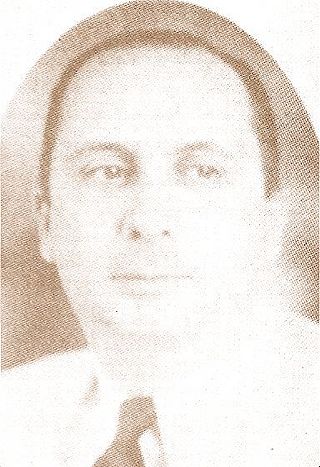
Ramón Zaydín y Márquez Sterling (1895–1968) was a Cuban politician and Prime Minister of Cuba.

Dr. Carlos Márquez Sterling y Guiral was a Cuban lawyer,writer,politician and diplomat.

Rita Aurelia Fulcida Montaner y Facenda,known as Rita Montaner,was a Cuban singer,pianist and actress. In Cuban parlance,she was a vedette,and was well known in Mexico City,Paris,Miami and New York,where she performed,filmed and recorded on numerous occasions. She was one of Cuba's most popular artists between the late 1920s and 1950s,renowned as Rita de Cuba. Though classically trained as a soprano for zarzuelas,her mark was made as a singer of Afro-Cuban salon songs including "The Peanut Vendor" and "Siboney".
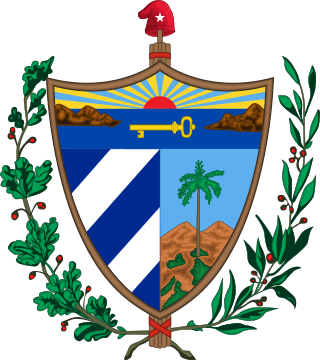
General elections were held in Cuba on 10 January 1936. Miguel Mariano Gómez of the Tripartite Coalition won the presidential election,whilst the Coalition also emerged as the largest party in the House of Representatives. The elections were the first in which women could vote,and voter turnout was 67.1%.
María Gómez Carbonell was a Cuban educator and attorney. She was one of the first group of seven women elected to Congress,serving in the House of Representatives from 1936 to 1940. In 1940 she became the first woman to be elected to the Senate,and in 1942 was appointed Minister without portfolio,becoming the first woman in a Cuban cabinet. She founded Cruzada Educativa Cubana in 1962,as well as the Alliance of National Feminists.
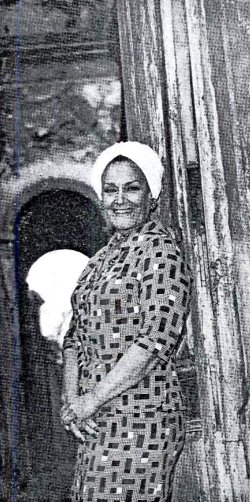
Juana Larrauri de Abramí,also known as Juanita Larrauri was a tango singer and was among a group of the first women elected to the Argentine Senate. She was elected twice as a senator and in both cases lost her seat as a result of right-wing military coups;she was elected in 1951 and lost her seat in 1955,then was elected again in 1973 and lost her seat again in 1976.
Amalia Mallén de Ostolaza was a Cuban essayist,translator,suffragist,and feminist activist. She was one of the architects of Cuba's women's suffrage campaign of the 1910s,along with Digna Collazo and Aída Peláez de Villa Urrutia. She participated in the founding of the country's first organizations supporting this cause,such as the National Feminist Party (1912),the Suffragist Party (1913) and National Suffragist Party (1913). She was also director of the newspapers La Luz (1913) and El Sufragista.
Aída Peláez Martínez,also known by her pseudonym Eugenio,was a Cuban writer,journalist,suffragist,and feminist activist. She was one of the architects of Cuba's women's suffrage campaign of the 1910s,along with Digna Collazo and Amalia Mallén. To this end,she participated in various pro-feminist organizations.
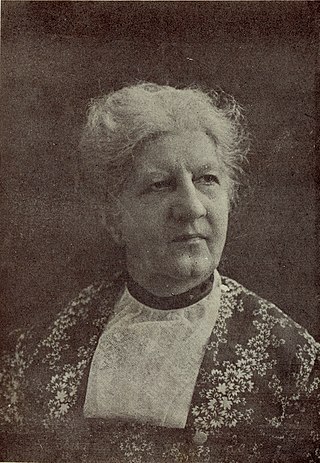
Domitila García Doménico de Coronado was a Cuban writer,journalist,editor,and professor,considered to be the first women to practice journalism in her country.
Carmen Velacoracho de Lara (1880s–1960) was a Spanish-Cuban writer,journalist,feminist,monarchist,and women's rights activist. She was co-author of El libro amarillo,a pro-feminist manifesto published in Cuba in the early 20th century,which she drafted along with her husband,landowner Pío Fernández de Lara Zalda.
Renée Méndez Capote y Chaple,also known by the pseudonyms Io-san,Berenguela,and Suzanne,was a Cuban writer,essayist,journalist,translator,suffragist,and feminist activist. She worked in children's literature,short stories,essays,and biographies.
Sarah Méndez-Capote y Chaple was a Cuban writer,poet,translator,suffragist,and feminist activist. She was the sister of writer Renée Méndez Capote.
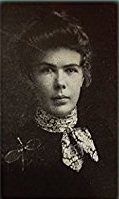
Irene Aloha Wright was an American journalist and historian who wrote several books on colonial history in the Caribbean. Born in Colorado,she lived in Mexico,Cuba,and Spain,and was a distinguished writer and scholar.
Rosa Anders Causse was a Cuban lawyer and politician. She was elected to the House of Representatives in 1936 as one of the first group of women to enter Congress.
María Caro Más de Chácon was a Cuban politician. She was elected to the House of Representatives in 1936 as one of the first group of women to enter Congress.
María Antonia Quintana Herrero was a Cuban pedagogue and politician. She was elected to the House of Representatives in 1936 as one of the first group of women to enter Congress,serving until 1944,and again from 1955 to 1959.
Consuelo Vázquez Bello was a Cuban politician. She was elected to the House of Representatives in 1936 as one of the first group of women to enter Congress.
Herminia Rodríguez Fernández was a Cuban politician. She was elected to the House of Representatives in 1936 as one of the first group of women to enter Congress.
References
- ↑ Album del cincuentenario: de la Asociación de repórters de la Habana : 1902-1952, Asociación de Repórters de La Habana, 1952, p123
- ↑ Velia Cecilia Bobes (2007) La nación inconclusa: (Re) constituciones de la ciudadanía y la identidad nacional en Cuba p236
- ↑ Julio César González Pagés (2003) En busca de un espacio--historia de mujeres en Cuba, p127